About The Course:
In the rapidly evolving world of artificial intelligence, Generative AI is making waves with its ability to create new content, from images and text to music and beyond. If you're intrigued by this cutting-edge technology and want to explore its potential, our comprehensive course on Generative AI is the perfect opportunity. This blog post will guide you through what Generative AI is, why it matters, and what you can expect from the course.
Imagine a technology that can not only analyze and interpret existing data but also generate entirely new and imaginative content. This advanced capability is transforming fields as diverse as art, literature, and design, enabling machines to create original works and ideas based on patterns they've learned from vast amounts of information. By leveraging sophisticated algorithms and extensive datasets, this technology is pushing the boundaries of creativity and innovation, offering new possibilities for automating tasks and enhancing human creativity. This breakthrough is set to redefine how we approach content creation and problem-solving across various industries.
Generative AI, often referred to as Gen AI, is a type of artificial intelligence that focuses on creating new content or data. Unlike traditional AI systems, which might classify data or make predictions based on existing information, generative AI systems generate novel outputs based on patterns learned from training data.
Generative AI models include common generative adversarial networks and transformer-based models like GPT, generative pre-trained transformer. GANs have two neural networks that battle each other in producing plausible outputs, while transformers use attention mechanisms to yield coherent, contextually relevant text.
It has use cases in creative industries, product design, and entertainment, with even more recent usages in the generation of synthetic data to train other AI systems. Generative AI is one of the fastest-moving areas that continues to push the boundaries of what AI systems could generate with new possibilities for innovation and automation.
Generative AI can generate different types of content in the form of text, images, music, or even video. For example, writing essays, generating artwork, and creating music.
Learning from Data:Such systems learn to understand patterns and structures from large amounts of data used during training. The learning from the training data enables these models to generate new content that very much sounds like the training data but is unique.
Applications:Generative AI makes use of such diversified fields as natural language processing for generating text, computer vision for creating images, and audio synthesis to create sound.
Generative AI has numerous applications that may prove highly useful to businesses in terms of productivity enhancement and smoothening business operations. For small business owners who lack adequate workforce, AI tools fill this deficit and scale the output, thus helping with other tasks at hand.
In terms of the really quick creation of text, audio, and images, generative AI truly excels. Many marketing professionals use AI tools such as ChatGPT every day to create social media content. When tasked with developing a lot of posts and lacking the bandwidth or staff to do so, generative AI can step in and help with these tasks.
Beyond verbiage, generative AI can be utilized for the production of AI art and as an aid to product design. The designers can mock up products and quickly brainstorm new ideas, leveraging the creativity of AI to help in brand development and design processes.
Generative AI can easily automate tasks that are repetitive. It can run email campaigns, analyze the input from the contact forms, and route the information back to appropriate teams like Sales or Customer Support. This automation will let your team focus on more strategic projects.
Another vital area where generative AI has shown prominence is customer service improvement. Chatbots, as generative AI, can support conversations like human beings on order tracking, operational hours, and frequently asked questions. Further, AI will assist in the personalization of customer communications to ensure better customer experience.
Generative AI automates processes in marketing by way of automated email communications, driven by customer behavior and creative tasks such as designing marketing material with AI-generated images. These tools optimize the sales strategy and complement marketing efforts, making them efficient and effective.
While generative AI tends to have a lot of benefits to businesses, it also has its set of challenges and risks which must be addressed.
Of all concerns, the very first one that would naturally come to mind regarding generative AI will be data privacy and security. It is relevant to wonder if the content generated by AI tools might get exposed to unauthorized eyeballs, particularly where sensitive or confidential information is handled. AI-generated content should be kept safe—possibly on encrypted servers—to avoid personal or proprietary data leaks.
This also raises some ethical concerns related to generative AI. Too great a reliance on AI in content generation might undermine the credibility of your brand, especially if the generated content goes against your brand voice or values. This can also reduce human error. At times, inaccuracies and false information can flow through AI-generated content; therefore, review and verification are necessary to ensure that the information one conveys is accurate.
Like all technologies, generative AI is not immune to technical glitches. There can be malfunctioning or inconsistencies in these tools because most of them are open source and may not always work as desired. In addition, some staff may prove to have a learning curve, especially if not so tech-savvy or familiar with new technologies. Sometimes, this training of staff for the proper functioning of the tool may prove more pain than the gain associated with the technology.
Finally, one more challenge could be the integration of the generative AI into the prevalent business processes and systems. Not all AI tools integrate themselves with current software, and this can negatively disrupt the established workflow. Moreover, AI sometimes fails to adhere to style guides or brand criteria, through which the standard of quality and the content consistency can be affected. The important thing is to ensure that AI tools complement rather than hinder existing operations and to maintain efficiency and effectiveness in business processes.
Generative AI models, such as ChatGPT, are inherently very unpredictable, even to the companies and engineers who have developed them. It can introduce a space for uncertainty about how the models generate output and how to effectively manage their performance.
There are instances when generative AI is making responses that are either inaccurate or misleading. At this juncture, it would be very paramount to ensure that the accuracy, relevance, and helpfulness of any information generated by AI is properly assessed and verified—information prior to the reliance and distribution to the general public. Ensure the correctness and appropriateness of content to avoid disseminating false or harmful information.
AI models may unintentionally create biased outputs. The creation and operationalization of policies and controls that would reasonably detect and limit biased outputs are primary in deploying AI that is considered by the company and appropriate compliance regulations in the jurisdiction. The mechanisms for the identification and removal of bias are indispensable within applications of AI to ensure fairness and ethical integrity.
The contemporary landscape resembles a place that sorely lacks clear data governance and protection guarantees over sensitive information concerning different enterprises that might be utilized in and generated by such AI-based tools. Care must be taken that the query or data is not turned into the public domain if entered into any of these systems. The companies should take appropriate measures to preserve their intellectual property and avoid an inadvertent exposure of sensitive information.
Such strong technology can also be used for harmful acts, for example in conducting cyber breaches and fraud. For example, schemers can use deepfake functionality in their social engineering attacks against the organization's personnel. Enterprises need to institute strong controls against such threats, and of course, they should consult their cyber-insurance providers when the related policies offset AI-influenced security breaches.
Generative AI may be heavy consumers of electricity. As a sustainability effort, businesses should choose vendors that are inclined towards the most energy-saving options and use renewable energy. It is extremely important to lower the environmental impact of AI technology in order to stay faithful to acting sustainably.
Current and Evolving Use Cases of Generative AI-based
Generative AI is increasingly applied in generating preliminary drafts of text. All of this generally abides by certain styles and lengths that help in the development and improvement of content.
Such tools allow users to discover answers on the basis of input data and prompts provided, therefore giving an easier and faster route to information retrieval.
AI can change the language to tone modulate either to ensure softness or a professional attitude of the language, depending on the situation and kind of communications
Generative AI shortens huge conversation transcripts, articles, emails, and webpages turning them into summaries of smaller length.
The technology will break down intricate title headings, make an outline, and extract the essential content to get back information in a more accessible way.
AI can classify content in accordance with certain parameters set apart, such as sentiment or topic, which helps to organize information on the go.
Generative AI thus provides an enhanced functionality to chatbots by accurate sentiment analysis, conversation classification, and generating user journey flows from general descriptions.
AI thus provides facilities for generating, translating, explaining, and verifying code, making it easier to program.
AI tools are increasingly starting to suggest further action and provide related information in a proactive manner, enhancing the user experience and decision making.
AI can create medical images to showcase the future progression of diseases, helping in predictive healthcare.
This technology enables the creation of data for solving problems related to data scarcity, data bias, data privacy, and simulation of future scenarios, thus enriching data-driven decision-making.
Generative AI modernizes legacy code, rendering it current, compatible, and relevant to running and future technologies and best practices.
Generative AI will see its uses in a variety of industries through enhanced core processes and supportive functions. How it will affect various sectors is described below:
By 2025, generative AI could account for more than 30% of new drugs and materials discovered, up from very small percentages today. It can change how drug discovery is done, dramatically lowering the cost and time involved in the development of new treatments.
It's projected that by 2025, generative AI will come to compose 30% of major firms' outbound marketing messages. In contrast, the percentage stood less than 2% in 2022. GPT-3 and other such tools are already being used to draft marketing copy and personalize ads; therefore, AI has a solid future ahead in marketing.
Generative design is flipping an industry upside down by the production of optimized designs that meet or exceed predefined performance, material, and manufacturing criteria. In this way, it will speed up the design process by coming up with a number of potential solutions for engineers to select.
Generative AI is also likely to affect the media, architecture, interior design, engineering, medical, electronic, and energy sectors. It will have an impact on the process of marketing, design, corporate communications, training, and software engineering due to making operations smooth and thereby driving innovation across these fields.
Quick to transform many industries, generative AI either improves core processes or provides innovation in them. Ranging from changing the pace of drug discovery in the pharmaceutical sector to optimizing design in the manufacturing and automotive fields, it has its versatility and impact. In continued development, generative AI will be more valuable across such fields by streamlining operations, creating custom solutions, and lowering costs. These developments are only going to change the way industries solutionize and innovate; hence, AI is going to be a driver of future development.
If the age ahead is ubiquitous for the adoption of generative AI in marketing, media, and design, then the huge potential that it will bring by driving strategic and operational value for businesses is huge. By supplementing existing processes and adding new capabilities, generative AI is not only increasing efficiency but also creating new opportunities. If an organization wants to be competitive and responsive in a changing landscape, grappling with this technology will become necessary to ensure that an organization can tap into the full potential of AI in pursuit of its goals and market demand.


About The Course:STAAD is a leading software used by civil and structural engineers for analyzing an...
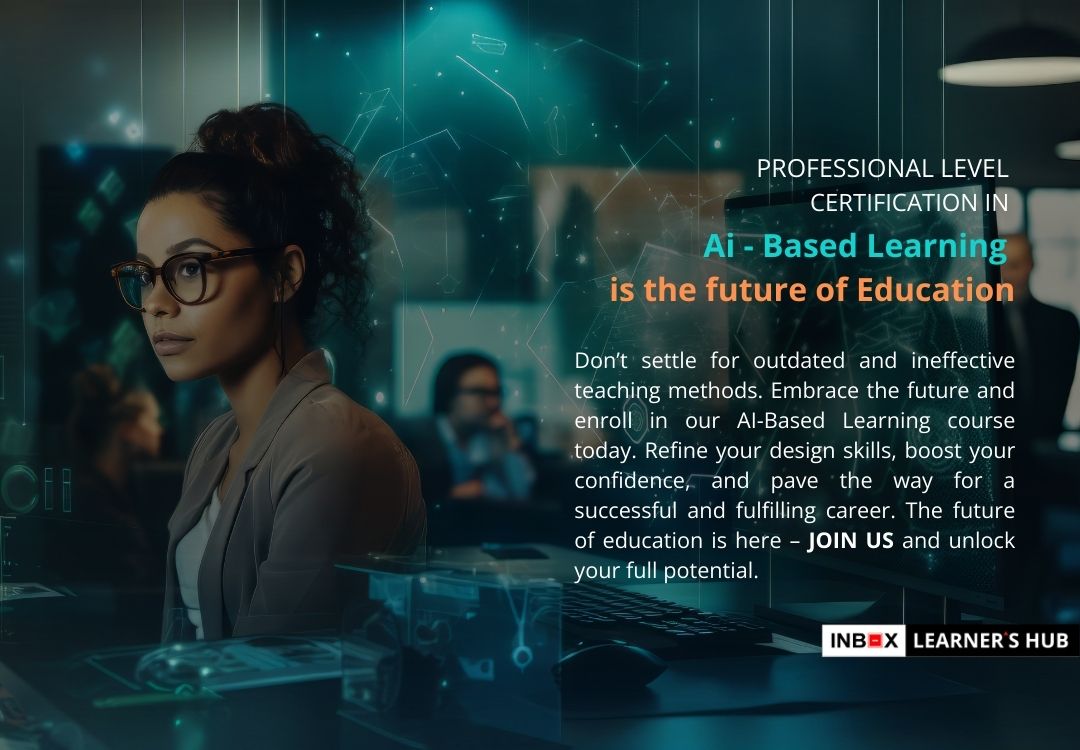
About The Course: The corporate world is slowly stepping into the dimension of Artificial Intelligen...

About The Course: Before diving into the expansion process, it's crucial to thoroughly understand th...
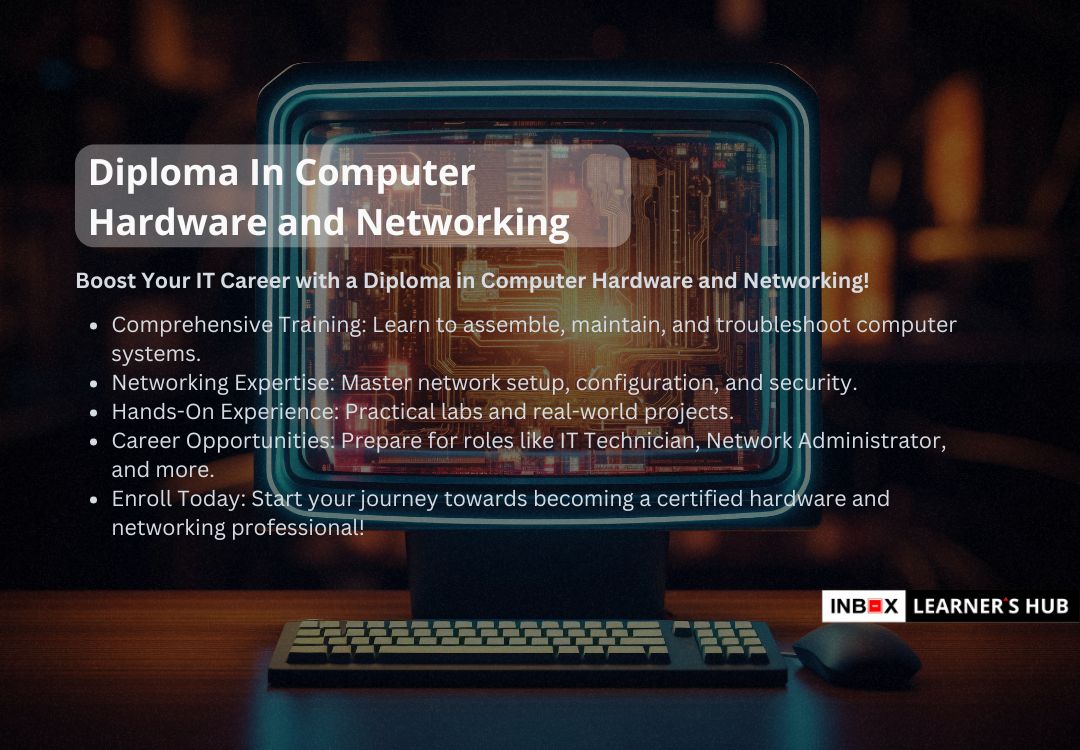
About The Course: In our tech-driven world, expertise in computer hardware and networking is indispe...
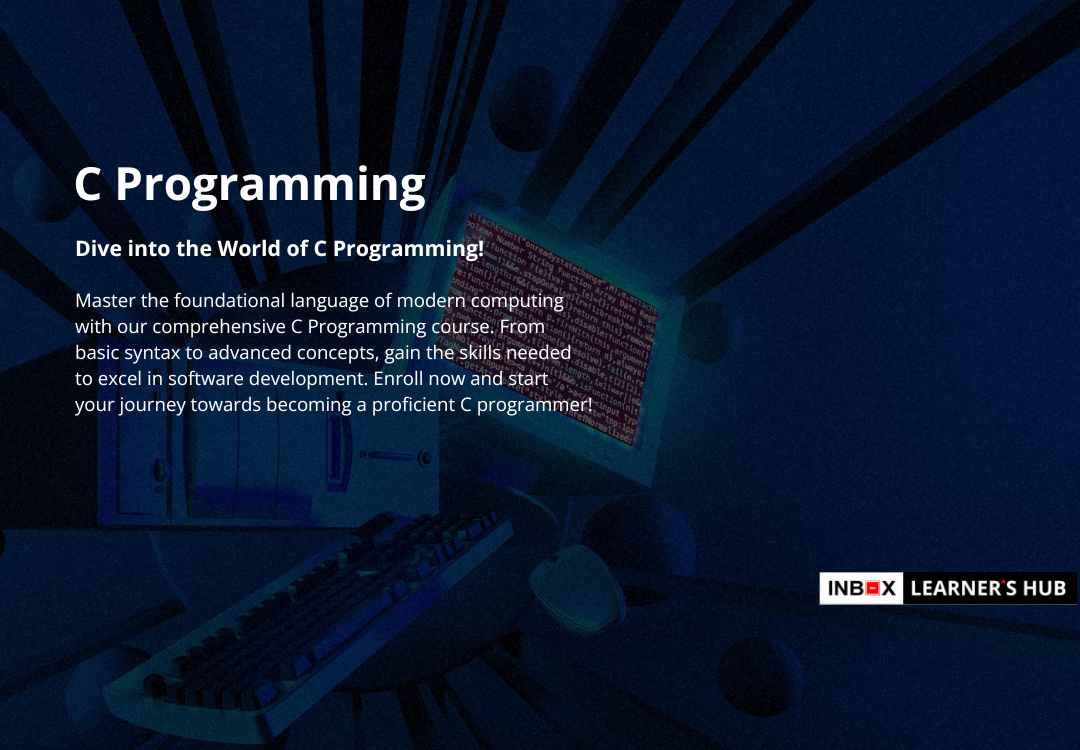
About The Course:This C programming course is designed to take you from a beginner to a proficient p...

About The Course: C++ course offers a comprehensive and dynamic learning experience, designed for...

About The Course:Java is a must for students and working professionals to become a great Software En...
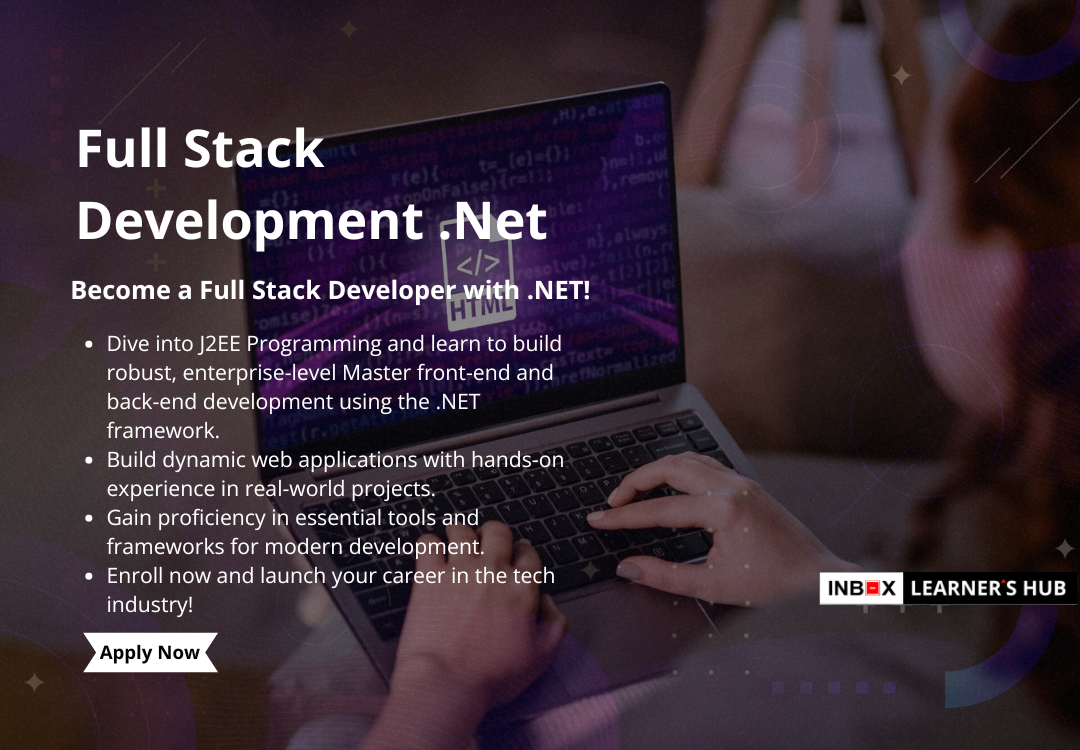
About The Course:.NET course is designed to equip you with the skills and knowledge needed to excel...
.png)
About The Course: Python is a high-level, interpreted, and dynamically-typed programming language k...
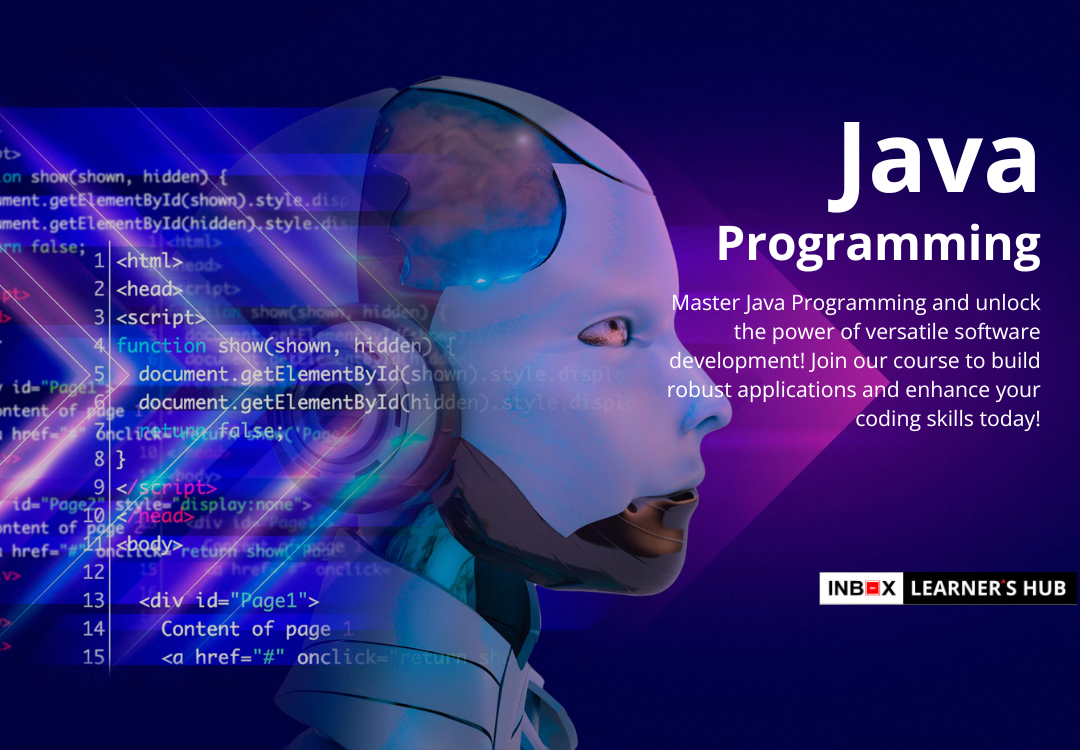
About The Course:Java is a must for students and working professionals to become a great Software En...

About The Course:Bug hunting, also known as vulnerability assessment or penetration testing, is the...

About The Course:In today's digital age, a strong online presence is crucial for businesses, organiz...

About The Course:Java's extensive ecosystem allows developers to create scalable applications for va...

Building Brand Awareness:One of the primary goals of content marketing is to create and nurture bran...
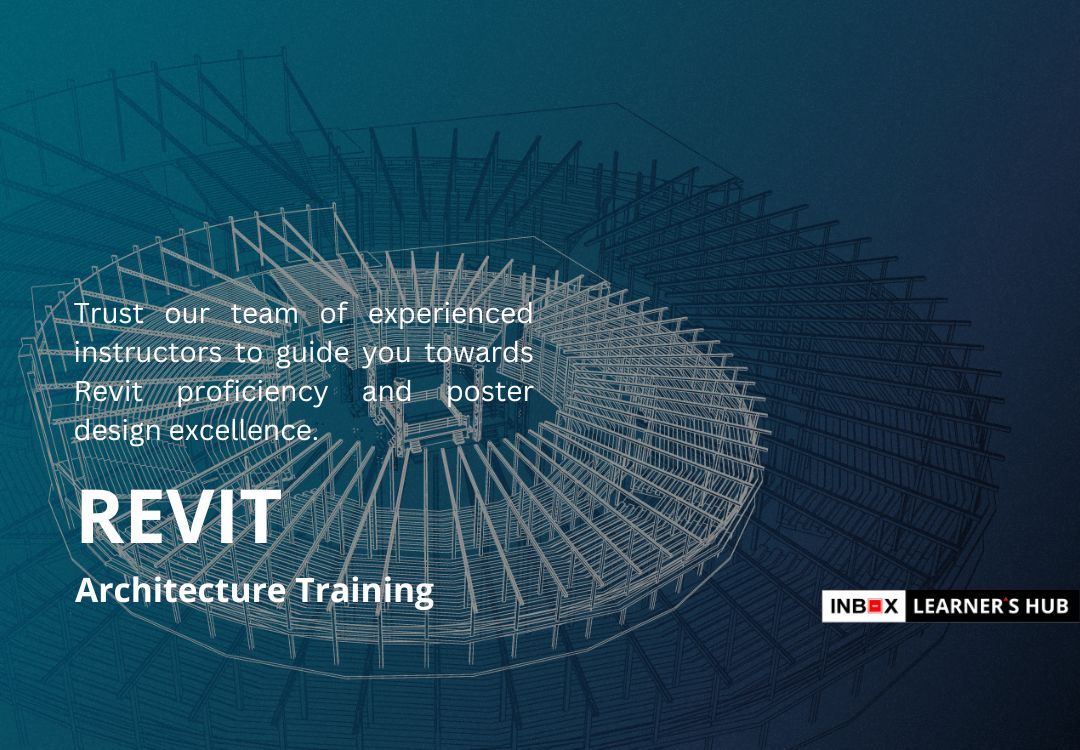
About The Course: In the ever-evolving field of architecture and construction, proficiency in cuttin...

About The Course: The Diploma in Computer Applications (DCA) in Tally is a specialized program aime...

About The Course:Java is renowned for its platform independence, scalability, and robustness. It's u...
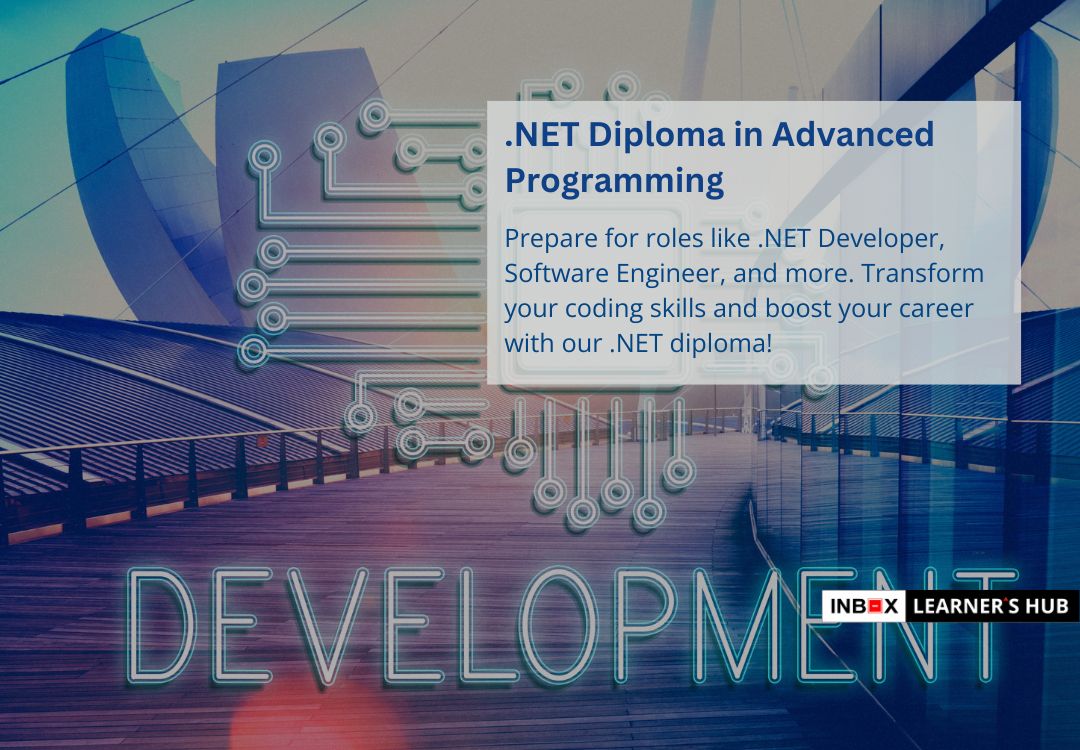
About The Course:.NET offers a robust and versatile framework for building a wide range of applicati...
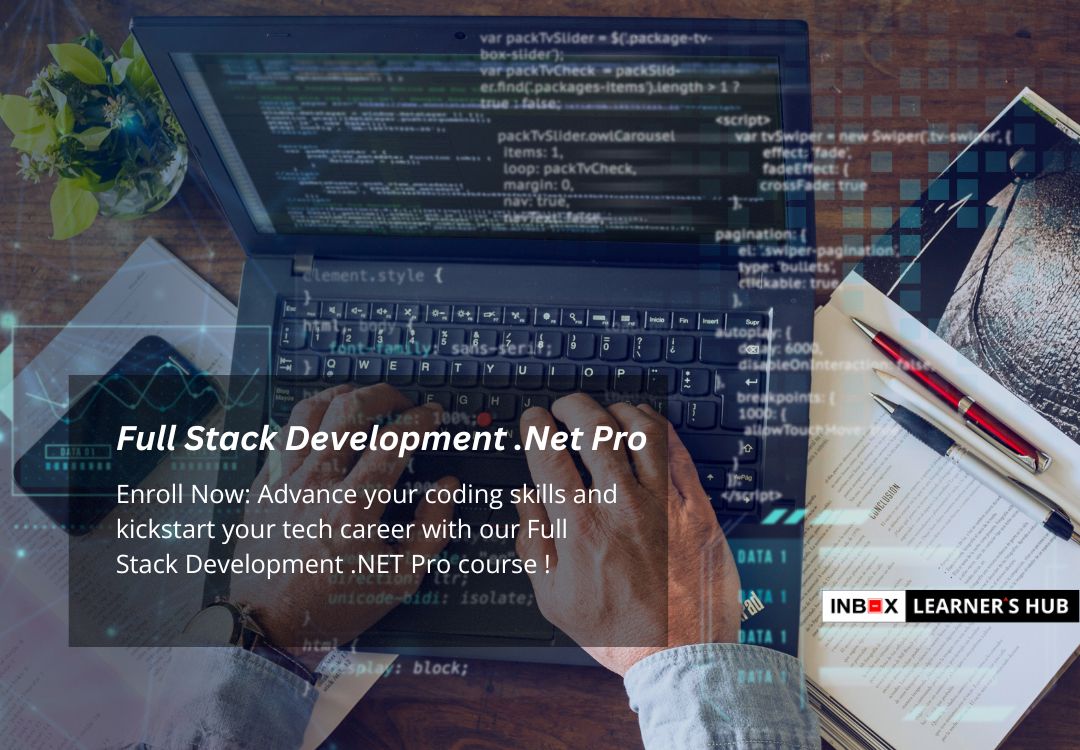
About The Course:.NET, developed by Microsoft, is a powerful and versatile framework that provides a...
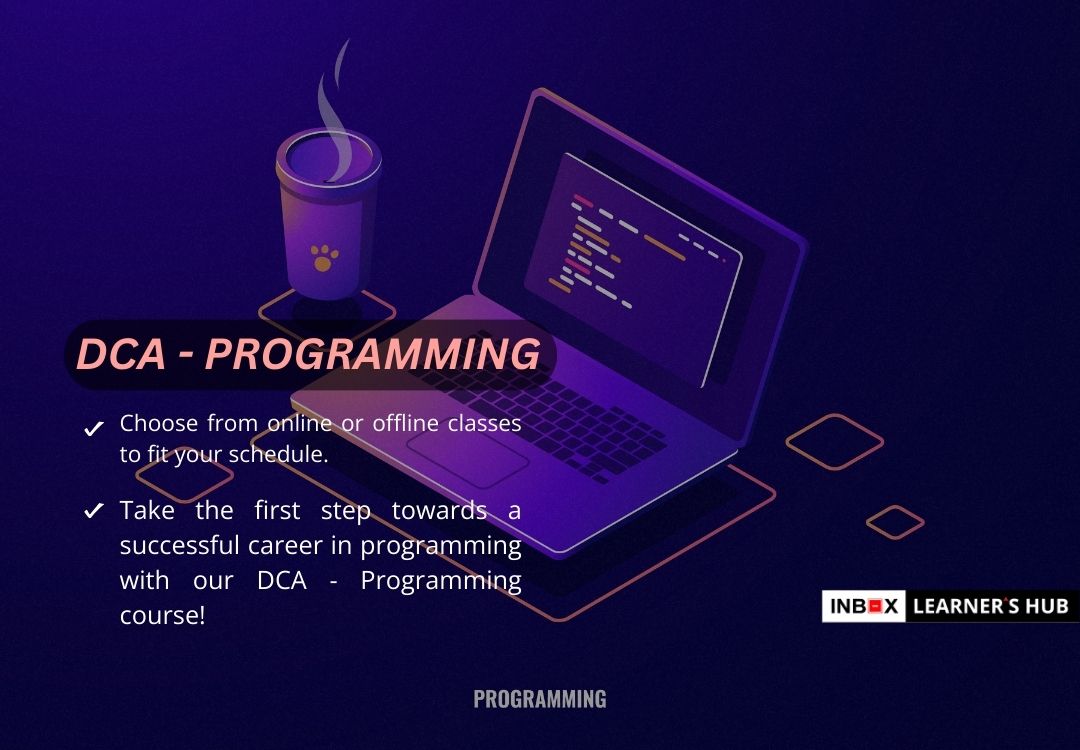
About The Course: Our online Diploma in Computer Applications (DCA) course in programming is a comp...

About The Course: Designed to help you accomplish office tasks easily and with greater efficiency,...

About The Course: Dive into various aspects of multimedia, from creating stunning graphics to produ...
.jpg)
About The Course: Our Share Market course is a concise yet comprehensive exploration of the fascina...

About The Course: Taxation and GST are vital components of the financial landscape that every indivi...

About The Course:AutoCAD 2D is a fundamental software for anyone in the fields of architecture, engi...
.png)
About the course:Data analysis is the process of collecting, cleaning, and interpreting data. The in...
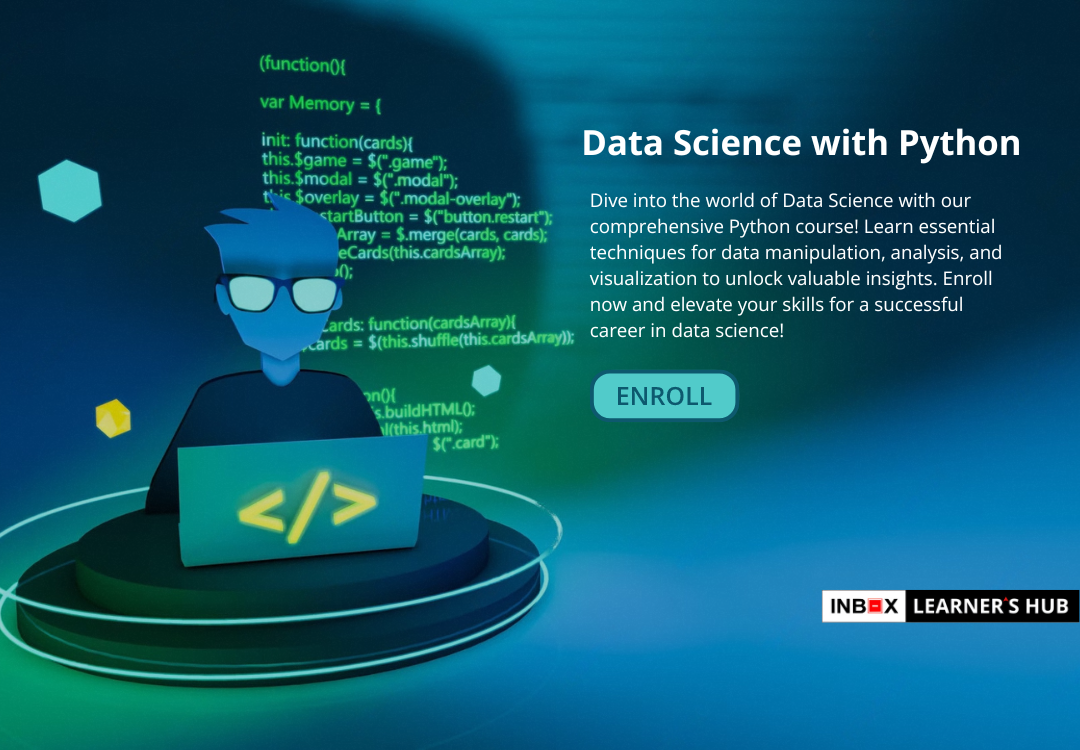
About The Course:Python has become one of the most popular programming languages in the field of dat...

About The Course:Journey through the realms of IT with Cybersecurity course. From hardware fundament...
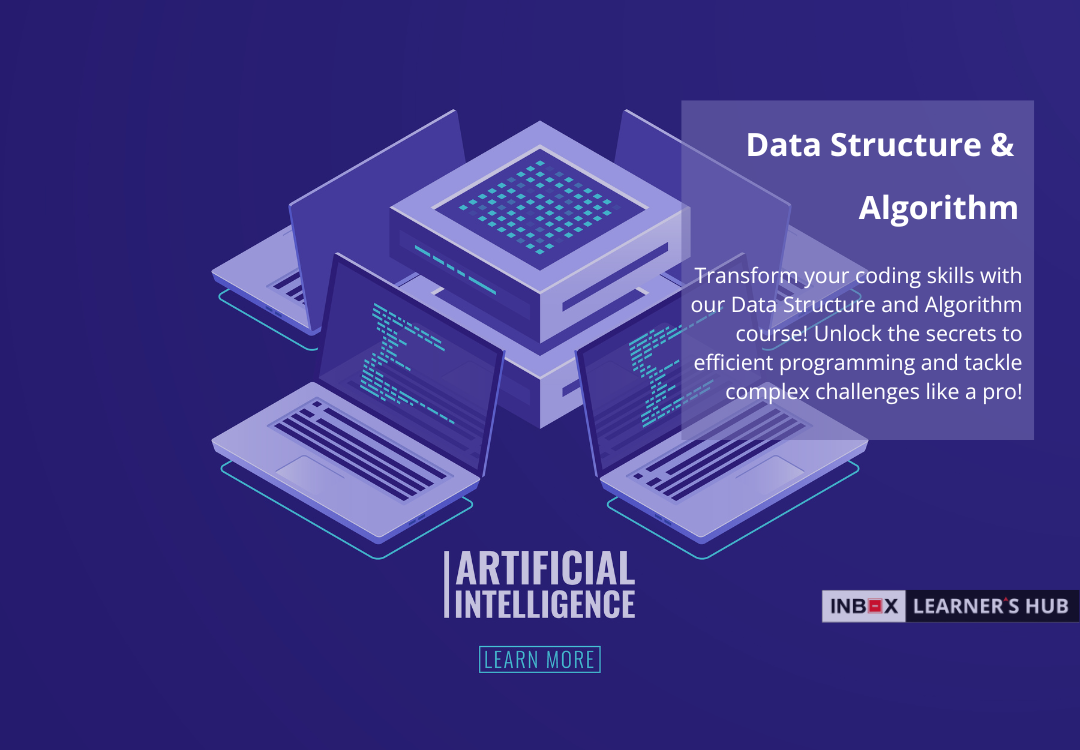
About The Course:Our Data Structure and Algorithm course is designed to equip you with the essential...
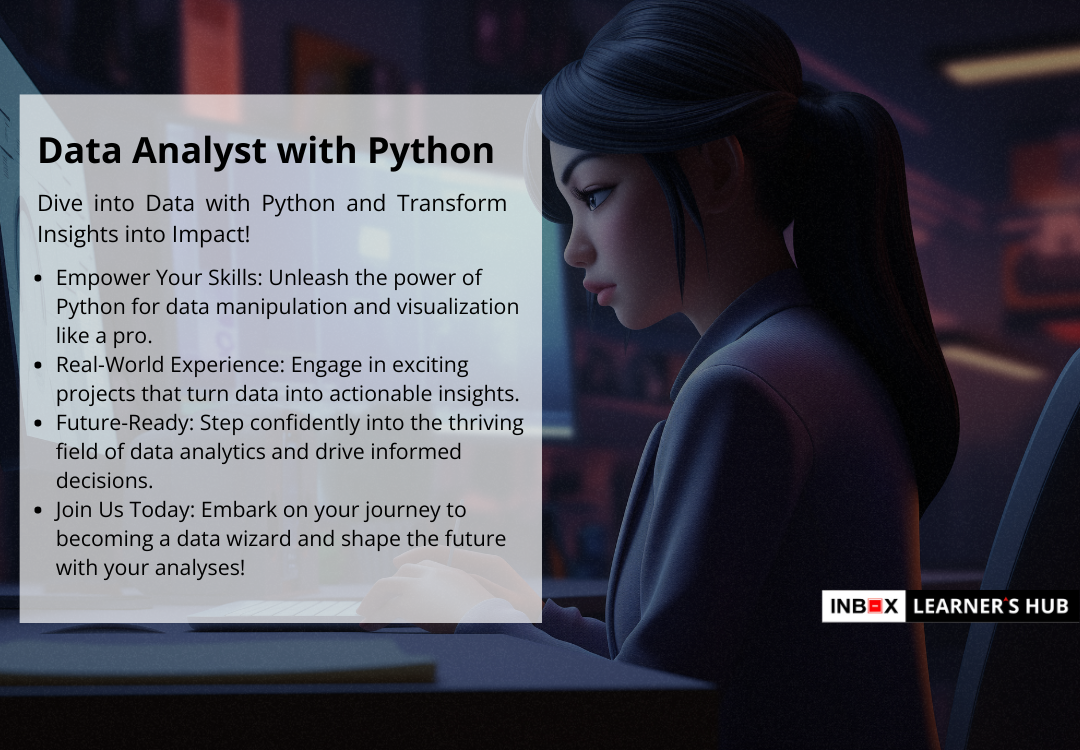
About The Course:In today's data-driven world, the ability to analyze and interpret data is more imp...

About The Course:In today's rapidly evolving technological landscape, the need for robust cybersecur...

About the Course:In this course we are Covering modules from fundamental payroll administration to p...

About The Course:In today’s visually-driven world, graphic design plays a pivotal role in communicat...
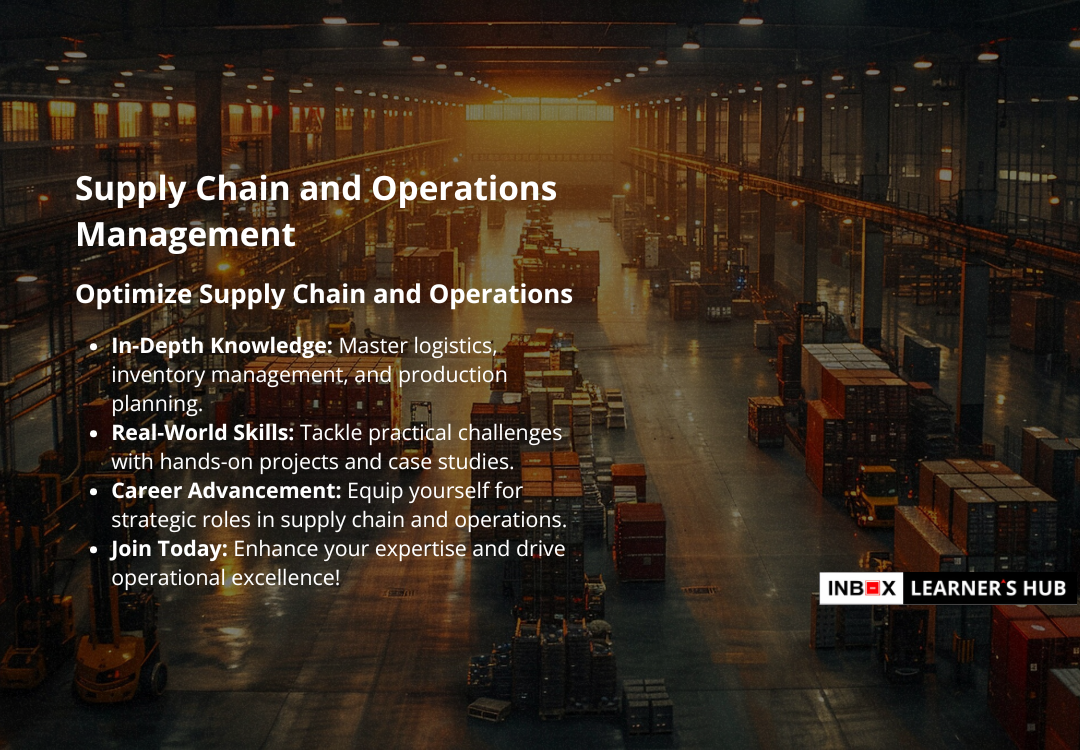
About The Course:Logistics and Supply Chain Management course is designed to equip you with the skil...

About The Course:In the dynamic world of business, effective management is crucial for success. Whet...

About The Course:Both manual and automation testing play crucial roles in this process. Explore the...
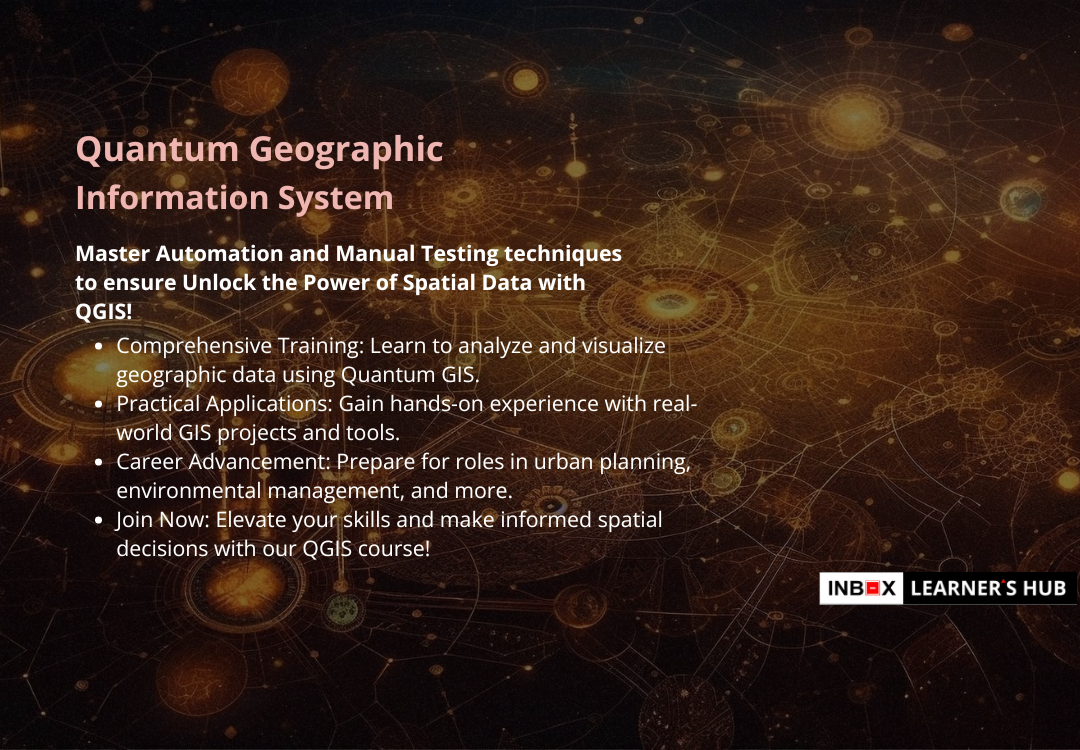
About The Course:Unlock the power of Geographic Information Systems (GIS) with our "Essential QGIS M...
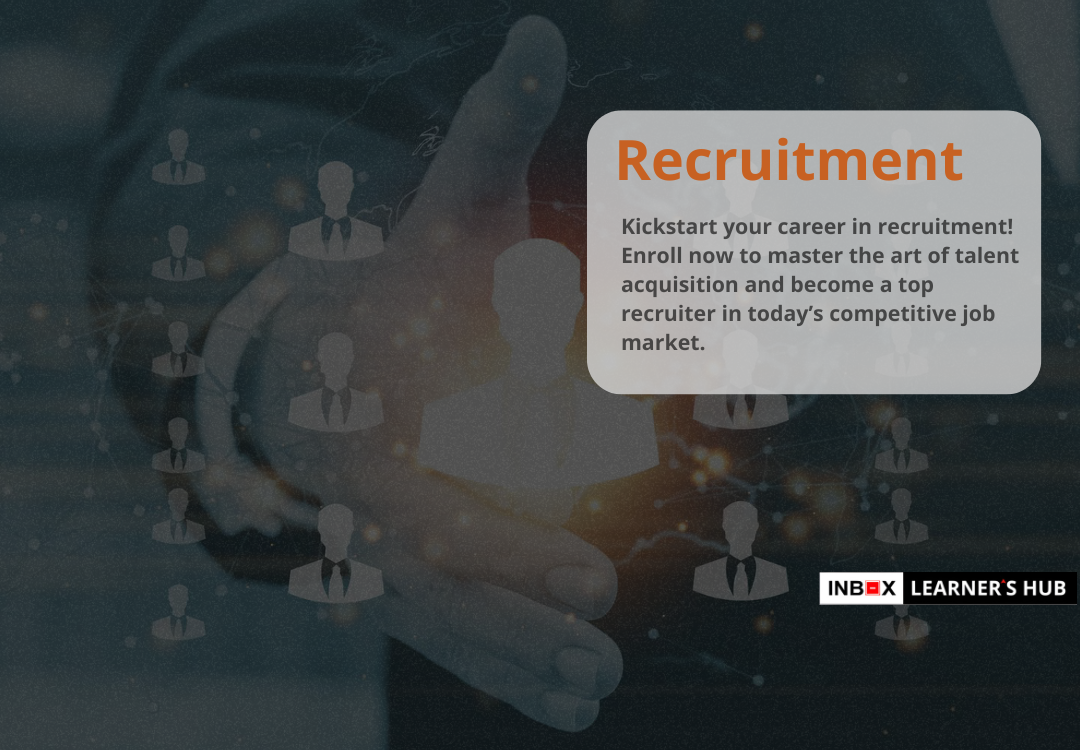
About The Course:Tailored for HR professionals, recruiters, and anyone involved in the hiring proces...
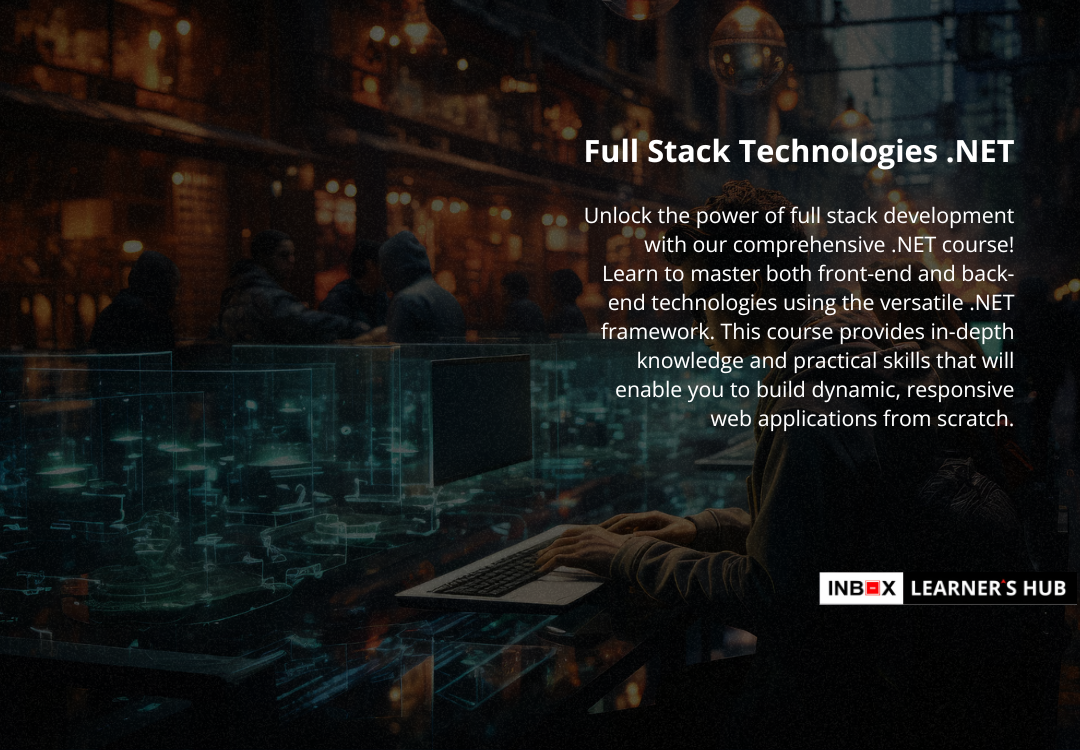
About The Course:Comprising a set of technologies, libraries, and tools, .NET supports multiple prog...
.png)
About The Course: Python's ease of use and extensive libraries make it an ideal choice for automati...

About The Course: Java 2 Platform, Enterprise Edition (J2EE) is a powerful platform for building sc...

About The Course: In today’s data-driven world, the ability to effectively manage and analyze data...
.png)
About The Course: Python's elegance, readability, and versatility make it a powerhouse in the progr...
.png)
About The Course:In today's digital age, mastering digital marketing is essential for businesses to...

About the Course: This course explores how blockchain's decentralized and transparent nature is revo...
.png)
About The Course:In this course, you'll explore the foundational technologies that power the Metaver...

About The Course:In an era where artificial intelligence (AI) is reshaping industries and driving in...

About The Course:A Digital Twin is a virtual replica of a physical entity or system. This digital mo...

About The Course:Quantum Computing is an area of computing that harnesses the principles of quantum...

About The Course:Living in a Virtual World refers to engaging with digital environments that simulat...

About The Course:The fifth generation of mobile networks, known as 5G, is revolutionizing the way we...

Above The Course: Our course on The Rise of DevOps is designed to provide you with a deep understand...

About The Course:The "Future of SaaS" course offers an in-depth exploration of the transformative tr...

About The Course:This course dives deep into the principles and practices of Zero Trust Security, a...

About The Course:In an increasingly digital world, mastering SEO is crucial for driving organic traf...

About The Course:As voice-activated devices and virtual assistants become more integrated into every...

About The Course:In today’s fast-paced digital landscape, short-form videos have emerged as a powerf...

About The Course: The course delves into how artificial intelligence is transforming the landscape...

About The Course:The course explores the critical factors that differentiate thriving startups from...

About The Course: Explore the dynamic world of eCommerce with our course, This course offers an in-d...

About The Course:This course offers an in-depth exploration of globalization and its multifaceted im...

About The Course:The course offers an in-depth exploration of the rapidly advancing field of wearabl...

About The Course:The course covers a wide range of topics, including smart infrastructure, IoT-enabl...

About The Course:The "Virtual Reality" course offers an immersive journey into the transformative wo...
.png)
About The Course:The course will also cover the operational side of running eSports tournaments, suc...

About The Course:This course offers a comprehensive approach to mastering the skills needed for impa...

About The Course:This course, "Is Conscious Consumerism on the Rise?", explores the shift towards et...

About The Course:This comprehensive course, "Navigating the Gig Economy: Strategies for Success," is...

About The Course:This course offers a comprehensive introduction to deep learning for image analysis...